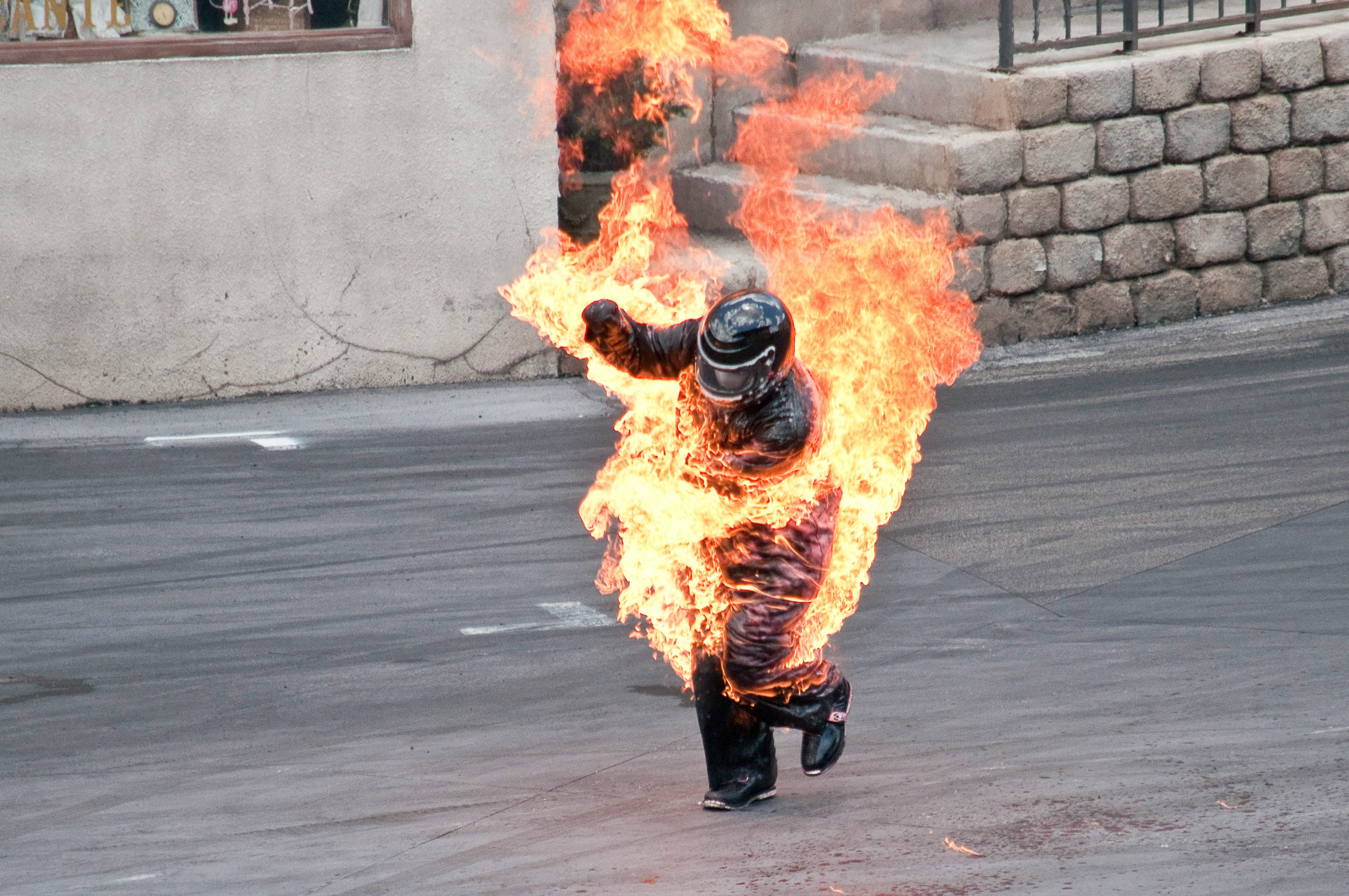Early Signs of Skin Cancer You Shouldn’t Ignore in the United Kingdom
Skin cancer often begins with subtle symptoms that many overlook in the United Kingdom. Identifying the early signs can make a significant difference in timely detection and treatment. Changes in the appearance of the skin, including new growths or unusual spots, may be early warnings worth understanding.

What are the most common types of skin cancer in the UK?
In the United Kingdom, the three most prevalent types of skin cancer are basal cell carcinoma (BCC), squamous cell carcinoma (SCC), and melanoma. BCC and SCC are often grouped as non-melanoma skin cancers and are generally less aggressive. Melanoma, while less common, is the most serious form of skin cancer due to its ability to spread rapidly if left untreated.
How does skin cancer typically develop in the UK climate?
Despite the UK’s reputation for cloudy weather, skin cancer rates have been rising. Ultraviolet (UV) radiation from the sun is the primary cause, even on overcast days. Exposure to UV rays can damage skin cells’ DNA, potentially leading to cancerous growths. The cumulative effect of sun exposure over time, rather than occasional sunburns, is often responsible for skin cancer development in the UK climate.
What changes should I look for in existing moles or freckles?
Recognizing changes in existing skin marks is crucial for early detection. The ABCDE rule is a helpful guide:
-
Asymmetry: One half doesn’t match the other
-
Border: Irregular, ragged, or blurred edges
-
Colour: Uneven colour or changes in pigmentation
-
Diameter: Larger than 6mm (about the size of a pencil eraser)
-
Evolving: Changes in size, shape, or colour over time
Any mole or freckle exhibiting these characteristics warrants a professional evaluation.
What new skin growths could indicate potential skin cancer?
New growths on the skin should always be monitored closely. Potential warning signs include:
-
Firm, red nodules that may bleed or crust
-
Flat, scaly patches with raised edges
-
Pearly or waxy bumps
-
Sores that don’t heal within a few weeks
-
Dark lesions on palms, soles, fingertips, or toes
-
Pigmented patches or unusual moles on the face, ears, or neck
These new growths may be early indicators of various skin cancer types and should be examined by a healthcare professional.
How does skin cancer manifest differently on various skin tones?
In the UK’s diverse population, it’s important to recognize that skin cancer can appear differently on various skin tones. On darker skin, melanomas may be more common on areas less exposed to sun, such as palms, soles, and under nails. They might appear as dark spots or patches rather than the typical mole-like growths seen on lighter skin. Additionally, non-melanoma skin cancers may look like scaly patches or persistent sores that don’t heal.
Why is early detection crucial for skin cancer treatment success?
Early detection of skin cancer significantly improves treatment outcomes and survival rates. For melanoma, the most dangerous form, the five-year survival rate is over 95% when detected early. However, this rate drops dramatically for advanced stages. Early detection often means simpler, less invasive treatments and a lower risk of the cancer spreading to other parts of the body. Regular self-examinations and professional skin checks are key to catching skin cancer in its initial stages.
Skin cancer awareness and vigilance are essential for everyone in the UK, regardless of skin tone or sun exposure habits. By familiarizing yourself with the early signs and conducting regular self-examinations, you can play an active role in protecting your health. Remember, when in doubt about any skin changes, consult a healthcare professional promptly. Early intervention can make a significant difference in treatment effectiveness and overall prognosis.
This article is for informational purposes only and should not be considered medical advice. Please consult a qualified healthcare professional for personalized guidance and treatment.




